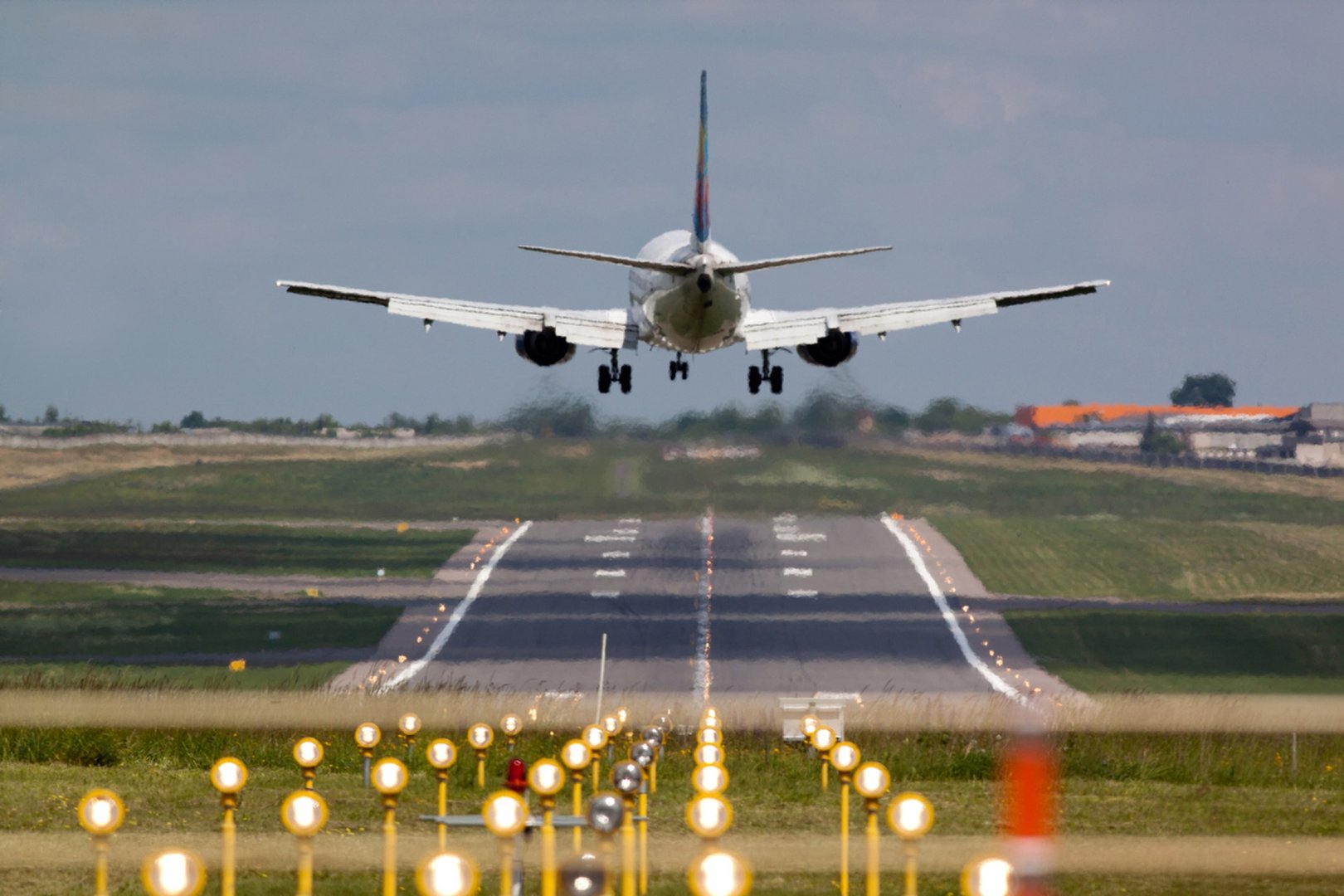BAKU, Azerbaijan, July 7. In the first six months of 2025, Lithuania’s airports served over 3.3 million passengers—an increase of nearly 9 percent compared to the same period in 2024. According to Lithuanian Airports (LTOU), this marks the highest number of passengers ever handled in the first half of any year across the country’s airport network, Trend reports.
Passenger traffic grew across all three of Lithuania’s international airports. Palanga saw the most dramatic rise, with a 24 percent increase year-on-year. Kaunas followed with nearly 21 percent growth. Vilnius, the largest airport in the country, served nearly 2.36 million passengers in the first half of the year—a 4.5 percent increase compared to the previous year.
Flight operations also increased. A total of 28,500 flights were recorded across the LTOU network in H1 2025—a 6 percent year-on-year rise. Several new routes were launched, including Kaunas–Pescara and Vilnius–Bergen, –Catania, –Prague, –Tirana, and –Budapest. Additionally, existing routes to key European hubs saw frequency boosts, such as Vilnius–Amsterdam, –Tallinn, –Brussels, –Copenhagen, and –Zurich.
Regional Leadership in the Baltics
Lithuania remains the undisputed leader among the Baltic states in terms of air traffic. During the first half of 2025, Lithuanian airports accounted for 40.3 percent of all passengers in the region—slightly ahead of Riga Airport’s 40.1 percent (3.3 million passengers) and far ahead of Tallinn Airport’s 19.6 percent (1.6 million).
Unlike its neighbors, Lithuania continued to see growth in June. Vilnius, Kaunas, and Palanga airports handled 667,000 passengers during the month—up 2.1 percent from June 2024. Both Riga and Tallinn airports, in contrast, saw year-on-year declines.
“We’re proud of the results achieved by Lithuania’s airports and of maintaining our leadership in the Baltic region,” said Minister of Transport and Communications Eugenijus Sabutis. “Regional airports are playing an increasingly important role—Palanga leads in passenger growth, with charter flights to destinations like Antalya and, soon, Egypt. New capital-city routes from Vilnius to Prague, Tirana, and Budapest, and Kaunas to Pescara, show our growing European reach. With modernizing infrastructure, expanding flight options, and improving service quality, our airports are becoming more attractive to both passengers and travel operators.”
Breakthrough in Air Connectivity Quality
Lithuania’s progress in air travel goes beyond direct routes. According to the latest report by the Airports Council International (ACI Europe), Lithuania improved its indirect air connectivity by 20 percent—a key indicator of how easy it is to plan multi-leg trips via connecting airports.
This performance places Lithuania third among all European countries in terms of indirect connectivity growth. Only a third of European nations have returned to their pre-pandemic air traffic levels—yet Lithuania has not only regained its numbers but also shifted successfully toward Western markets, strengthening both direct and indirect connectivity.
ACI Europe data show that Lithuania’s indirect connectivity has increased by 5 percent compared to pre-pandemic 2019 levels—signaling a full recovery in this segment. Meanwhile, direct air connectivity also grew by 3 percent year-on-year.
In the broader European ranking for indirect connectivity growth, Lithuania ranks third out of 31 countries. Estonia follows in seventh place, while Latvia ranks fifteenth.
With 6.6 million passengers served in 2024—a national record—and continued growth in 2025, Lithuania’s airports are consolidating their role as a vital transportation and economic hub in the region.
Stay up-to-date with more news on Trend News Agency's WhatsApp channel







